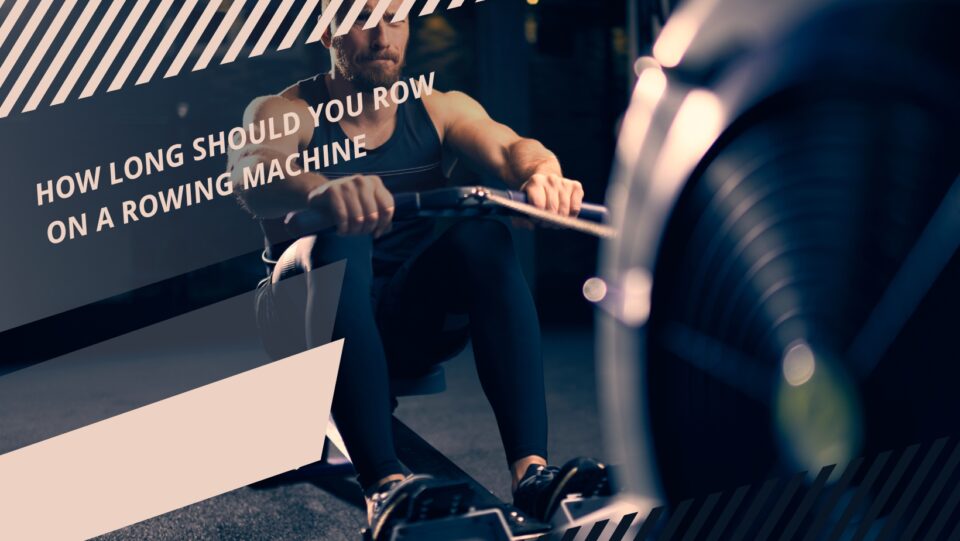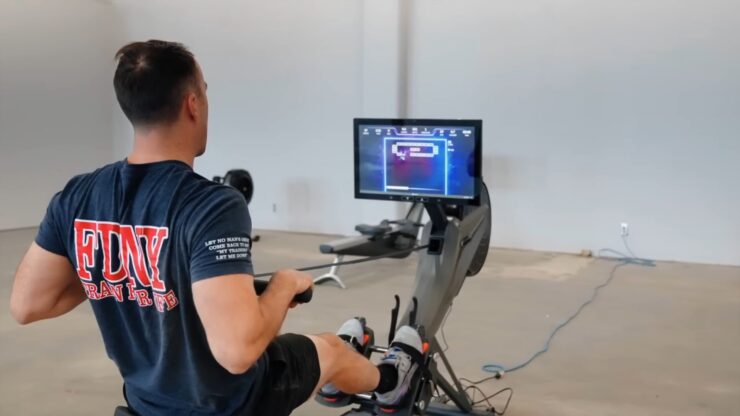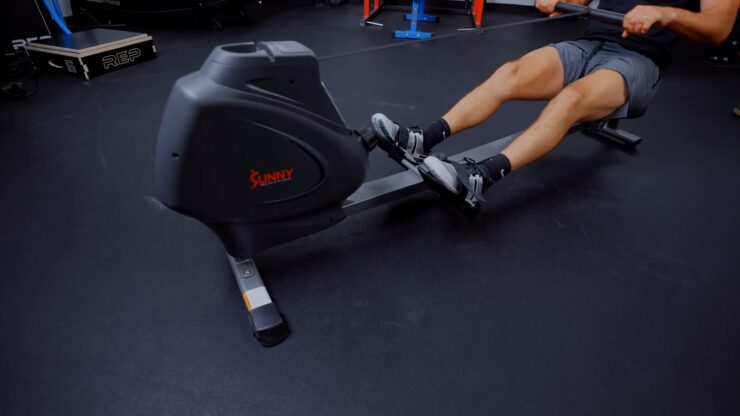Exercise is a very important part of life, especially if you want a healthier and more active lifestyle. It can improve physical fitness, reduce the risk of numerous chronic diseases, as well as enhance mental well-being.
Be that as it may, many people are unsure of how to approach workouts especially when it comes to how long and hard they should exercise.
When will these benefits start showing and how long does an average workout session need to last? In this article, we explore the recommended guidelines for exercise duration and intensity.
Contents
Many Factors to Consider
First of all, the duration of exercising is not and can never be universal. To start things off, it depends on the type of activity and your fitness level.
According to what most research agrees on as well as how most people do it, adults should aim for at least two and a half hours of moderate-intensity, or 75 minutes of vigorous-intensity aerobic (cardio) exercise per week.
Moderate activities include fast walking, cycling, swimming, and rowing, the start of this article. On the other hand, vigorous activities include running, high-intensity interval training, and playing sports like basketball or soccer.
These are the general guidelines, but things can be broken down further. What this means is that you should aim for at least 30 minutes of light cardio or 15 minutes of vigorous cardio per day, five days a week.
Alternatively, you could also combine moderate and vigorous activities to meet these guidelines, for example, 30 minutes of brisk walking three days a week and 25 minutes of running two days a week. It comes down to personal preference and lifestyle most of the time.
The Intensity Matters
The intensity of exercise is a key part of achieving optimal results and it impacts the length of an average session. The level of intensity you go with should be based on the fitness level and overall health.
Moderate-intensity exercises are there to increase their heart rate and breathing, but you should still be able to do it comfortably and hold a conversation while doing it.
On the other hand, vigorous-intensity exercise needs to be challenging enough to make it difficult to talk and feel like working hard.
In general, most experts recommend that average healthy adults aim for between 50% and 85% of their maximum heart rate during exercise.
To calculate your maximum heart rate, simply subtract your age from 220. For example, if you are 35 years old, your maximum heart rate would be 185 beats per minute. To reach somewhere between 50% and 85% of your maximum heart rate, use a heart rate monitor or pay attention to how winded and tired you are getting.
Mind that rushing things is not the best way to go about it. It is very important to remember that exercise intensity has to be progressive over time.
Gradually increase the duration and intensity of your workouts to challenge your body as you do them more often. Only when you get used to the old length and intensity can you start increasing them.
More About Cardio Exercise Lenghts
The duration of cardio exercises tends to vary depending on many factors like fitness level, goals, and type of exercise. Age and sex of the person also play a big part in it.
As mentioned, the general rule of thumb is to do at least 150 minutes of moderate cardio or 75 minutes of vigorous cardio per week. This comes down to at least 30 minutes daily five days a week, or 25 minutes per day three days a week, respectively.
These are of course the minimum guidelines and you may need to increase the duration and intensity to achieve specific goals. For example, training for a race like a half-marathon or a triathlon or trying to improve your cardiovascular endurance typically require longer or more intense cardio workouts, and more frequently.
As you do it though, listen to your body and never overdo it. If you are new to this whole thing, or a particular exercise, or even returning after a break, start simple.
Go with shorter durations and gradually increase the duration when it feels right. Always try to incorporate variety into your cardio workouts to prevent boredom and avoid overuse injuries. Mixing up different cardio exercises gives a more balanced workout and engages different muscle groups.
The Rowing Machine: How Long Should You Do It?
So what about this very special cardio exercise, the rowing machine? How long should you do it at once and how often? Again, the amount of time you should spend on doing this exercise can depend on several factors, mainly your fitness level, fitness goals, and intensity.
As a matter of fact, the general rules are roughly the same with two and a half hours being the low-end limit for moderate, and 1 hour 15 minutes for vigorous rowing per week.
Complete beginners to fitness, those new to rowing, as well as those coming back to it after a longer hiatus may want to start with shorter stints, no longer than 10 or 15 minutes per session.
After a week or so, start to gradually increase the duration as you build endurance and get your body used to the sudden fitness increase.
For those more experienced, a typical rowing workout can range anywhere from 20 to 60 minutes, depending on the intensity of the workout, personal preferences, and whether cardio is the only thing you do.
If rowing is part of a series of exercises, then you do not need to hit the hour mark. Some rowers may prefer shorter intense workouts, while others may like longer steady-state workouts.
Remember that rowing is a full-body workout that engages multiple muscle groups, mainly the arms, legs, back, core, and abs. This is on top of it being great cardio. It is important to give your body time to rest and recover between workouts, and between different days.
Another rule of thumb and a general recommendation is to do cardio (and therefore rowing) on alternating days to allow enough recovery and avoid injuries from overuse.
Conclusion
Basically, the duration of rowing workouts varies depending on a lot of things. From your fitness level and workout goals to preferences and lifestyle choices, you can spend anywhere from 10 minutes to a full hour doing it.
Beginners should start with shorter durations and increase the duration gradually, while veteran rowers and cardio enjoyers may prefer longer and more demanding. Listen to your body in any case and allow yourself plenty of rest and recovery.




